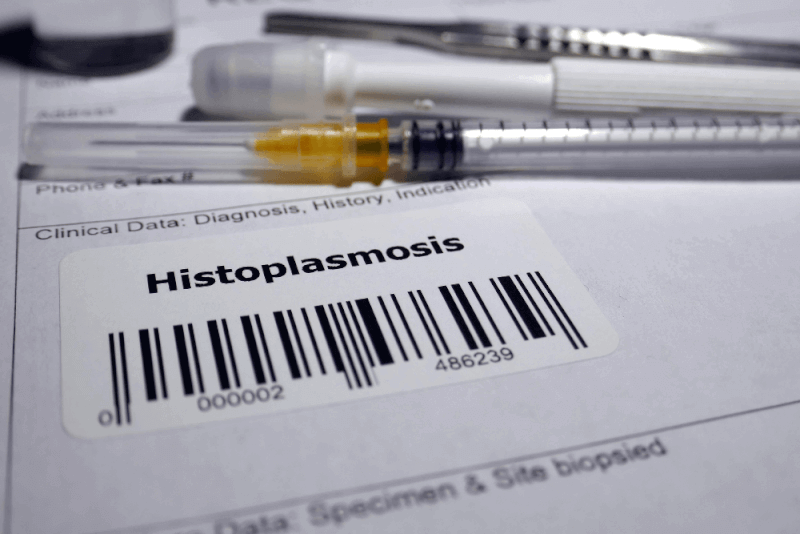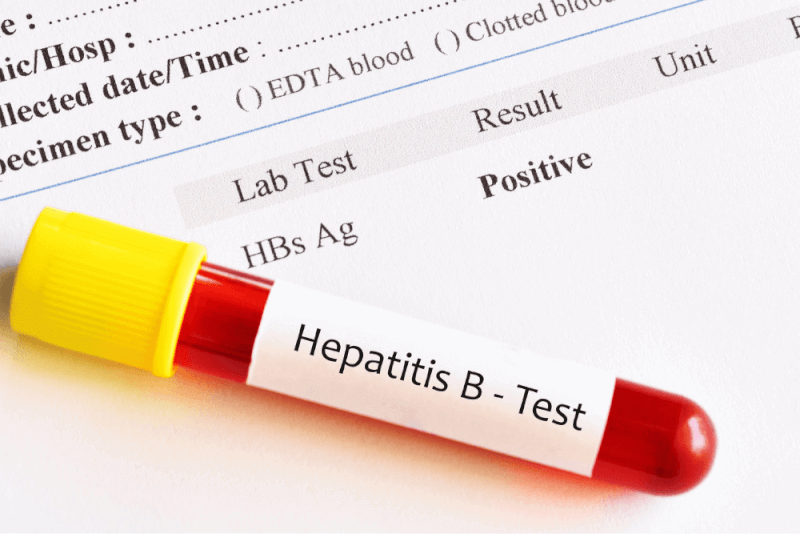What is histoplasmosis?
Histoplasmosis, a type of fungus that causes infection in the lungs, is caused in many parts of the world by the soil-dwelling fungus histoplasmosis capsullatum.
It is commonly found where bird and bat droppings are found. Histoplasmosis, which usually does not cause visible symptoms, can rarely cause fever, cough and shortness of breath, which can last for a long time or spread to other parts of the body.
Causes of histoplasmosis
Histoplasmosis infection is caused by a fungus called histoplasmosis capsulatum. The fungus in the soil is passed to humans by inhalation. Especially the presence of bat or bird feces in the soil increases the growth of the fungus. This fungus is found in most parts of the world and is particularly concentrated in the following regions.
- Australia
- Asia
- Africa
- Central and South America
- Ohio and Mississippi river valleys
The majority of people do not develop any infection despite inhaling the fungus. However, people with certain health conditions may develop visible symptoms.
Symptoms of histoplasmosis
Symptoms of histoplasmosis can include the following.
- Fire
- Sweating
- Chest pain
- Muscle pain
- Cough
- Shortness of breath
- Headache
- Rash or swelling in the lower leg
Histoplasmosis risk factors
People with jobs or hobbies that involve contact with large concentrations of fungi are at higher risk of histoplasmosis. These occupations and hobbies include the following.
- Caving
- Farming
- Feeding chickens or birds
- Demolition and construction
The following conditions are associated with an increased risk of severe or chronic cases of histoplasmosis.
- Having a weakened immune system
- Having COPD or emphysema
- Be over 55 or under 1 year old
Diagnostic criteria for histoplasmosis
In order to diagnose histoplasmosis, a sample of blood, urine, sputum, bone marrow or affected tissue must be tested. These samples can be used for the following purposes.
- The most accurate way to diagnose the disease is to culture samples. But this can take several weeks, and in severe cases, specialists may want to treat patients before the results are available.
- Searching samples for yeast of the fungus that causes histoplasmosis
- Testing for signs of fungus causing infection in the body
In addition, imaging methods such as chest x-rays or computed tomography are used to investigate the damage caused by the infection in the lungs. Specific types of tests are also used to determine the type of histoplasmosis. The tests used to diagnose histoplasmosis are as follows.
- Urine test
- Sputum test
- Blood test
- Biopsy
- Bronchoscopy
Diseases caused by histoplasmosis
Serious complications caused by histoplasmosis include the following.
- Scarring or other lung damage
- Injury to the area between the lungs
- Acute respiratory distress syndrome
- If the fungus spreads to the brain, symptoms similar to brain swelling, headaches, confusion, impaired thinking and paralysis
- Loss of vision if infection spreads to the eye
- Spread of infection to the liver, spleen, bone marrow or skin
Histoplasmosis treatment methods
If necessary, histoplasmosis can be treated with antifungal drugs. Treatment may not be recommended if mild symptoms persist for a long time and the risk of serious infection is not high.
The following antifungal drugs are frequently recommended in the treatment of histoplasmosis.
- Itraconazole
- Amfotericin B
- Corticosteroids
If patients have a healthy immune system and no other underlying condition, histoplasmosis can disappear on its own. However, in some cases, if left untreated, it can spread to other parts of the body. If there is an underlying lung disease, it can cause lung damage.
Types of histoplasmosis
Specialists can diagnose the type of histoplasmosis depending on how long the symptoms persist and whether it has spread to the rest of the body.
Acute pulmonary histoplasmosis
Acute pulmonary histoplasmosis, the most common type of histoplasmosis infection, causes pneumonia-like symptoms such as cough, fever and shortness of breath in about 10% of people infected with the fungus. Exposure to low levels of the fungus can cause milder symptoms lasting several months.
Chronic cavitary pulmonary histoplasmosis
It is a long-term form of histoplasmosis that often occurs in people with emphysema or COPD. It causes milder symptoms than acute pulmonary histoplasmosis, but night sweats and weight loss are also seen. These symptoms can persist for months or years. Symptoms are similar to those of tuberculosis, but if left untreated, it causes progressively worsening damage to the lungs.
Progressive disseminated histoplasmosis
When the infection spreads from the lungs to many other body parts, it is called progressive disseminated histoplasmosis. It usually occurs in people with severely weakened immune systems, such as people with advanced HIV. Progressive disseminated histoplasmosis can cause fatigue, progressive shortness of breath, weight loss and skin conditions.








